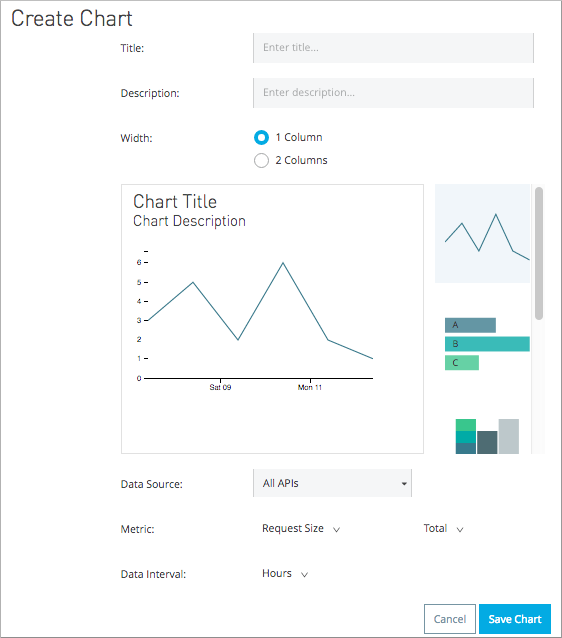
Siebel Tools Could Not Connect To Datasource For Event Api
When users publish a scene layer to an ArcGIS Enterprise 10.6 or earlier release portal, they see the message The publishing tool could not connect to the tile cache data store. This may be due to security settings that affect how the hosting server communicates with the tile cache data store.
• • This article outlines how to use Copy Activity in Azure Data Factory to copy data from and to an Oracle database. It builds on the article that presents a general overview of the copy activity. Supported capabilities You can copy data from an Oracle database to any supported sink data store. You also can copy data from any supported source data store to an Oracle database. For a list of data stores that are supported as sources or sinks by the copy activity, see the table. Specifically, this Oracle connector supports the following versions of an Oracle database. It also supports Basic or OID authentications: • Oracle 12c R1 (12.1) • Oracle 11g R1, R2 (11.1, 11.2) • Oracle 10g R1, R2 (10.1, 10.2) • Oracle 9i R1, R2 (9.0.1, 9.2) • Oracle 8i R3 (8.1.7).
Note Oracle proxy server is not supported. Prerequisites To copy data from and to an Oracle database that isn't publicly accessible, you need to set up a Self-hosted Integration Runtime. For more information about integration runtime, see. The integration runtime provides a built-in Oracle driver. Therefore, you don't need to manually install a driver when you copy data from and to Oracle.
Right hemisphere deep exploration cad edition v6 3 patch rar. Get started You can use one of the following tools or SDKs to use Copy Activity with a pipeline. Select a link for step-by-step instructions: • • • • • • • The following sections provide details about properties that are used to define Data Factory entities specific to the Oracle connector. Linked service properties The following properties are supported for the Oracle linked service. Property Description Required type The type property must be set to Oracle. Yes connectionString Specifies the information needed to connect to the Oracle Database instance. Mark this field as a SecureString to store it securely in Data Factory,. Supported connection type: You can use Oracle SID or Oracle Service Name to identify your database: - If you use SID: Host=;Port=;Sid=;User Id=;Password=; - If you use Service Name: Host=;Port=;ServiceName=;User Id=;Password=; Yes connectVia The to be used to connect to the data store.
You can use Self-hosted Integration Runtime or Azure Integration Runtime (if your data store is publicly accessible). If not specified, it uses the default Azure Integration Runtime.
• Locate the section of the file containing a reference to ServerName and Driver. This section defines the ODBC DSN for Siebel Server. A sample section is represented below.
The ServerName, Driver, ColumnsAsChar, and ColumnSizeAsCharacter parameters are the most critical for this procedure: [SiebSrvr_enterprise name] Description=Oracle901 ServerName=dvlsun6 Driver=$SIEBEL_HOME/lib/SEor818.so ColumnsAsChar=1 ColumnSizeAsCharacter=1 The ServerName should be the Oracle connect string you entered while installing the Siebel Server. (To verify this connect string, run sqlplus.) The driver should point to $ SIEBEL_HOME /lib/SEor818.so, allowing you to verify the existence of this file. CAUTION: It is critical that ColumnsAsChar and ColumnSizeAsCharacter be set to 1 to make sure that ODBC Driver behaves correctly. • Test the connection by navigating to $SIEBEL_HOME /bin and entering the command: odbcsql /u user_name /p password /s ODBC DSN where: ODBC DSN is the database connect string. If you do not receive an error message, the ODBC connection is working.